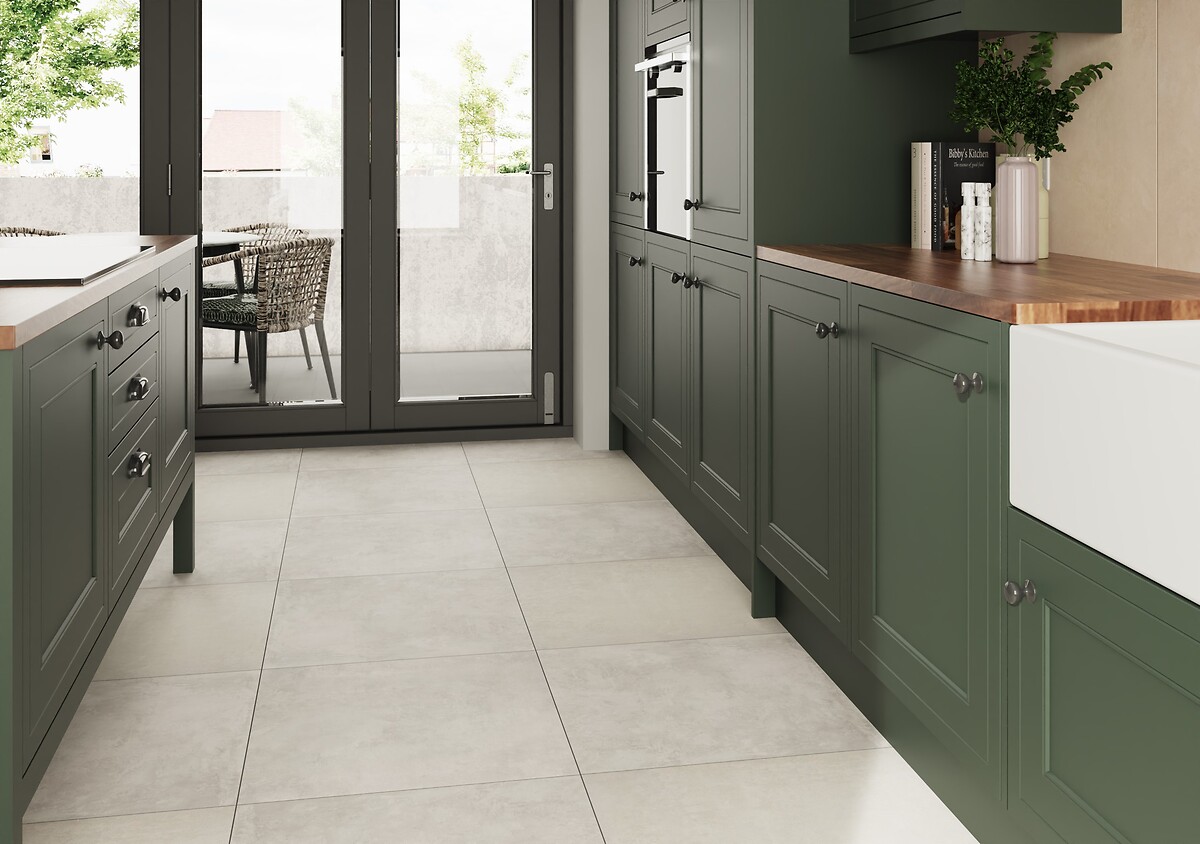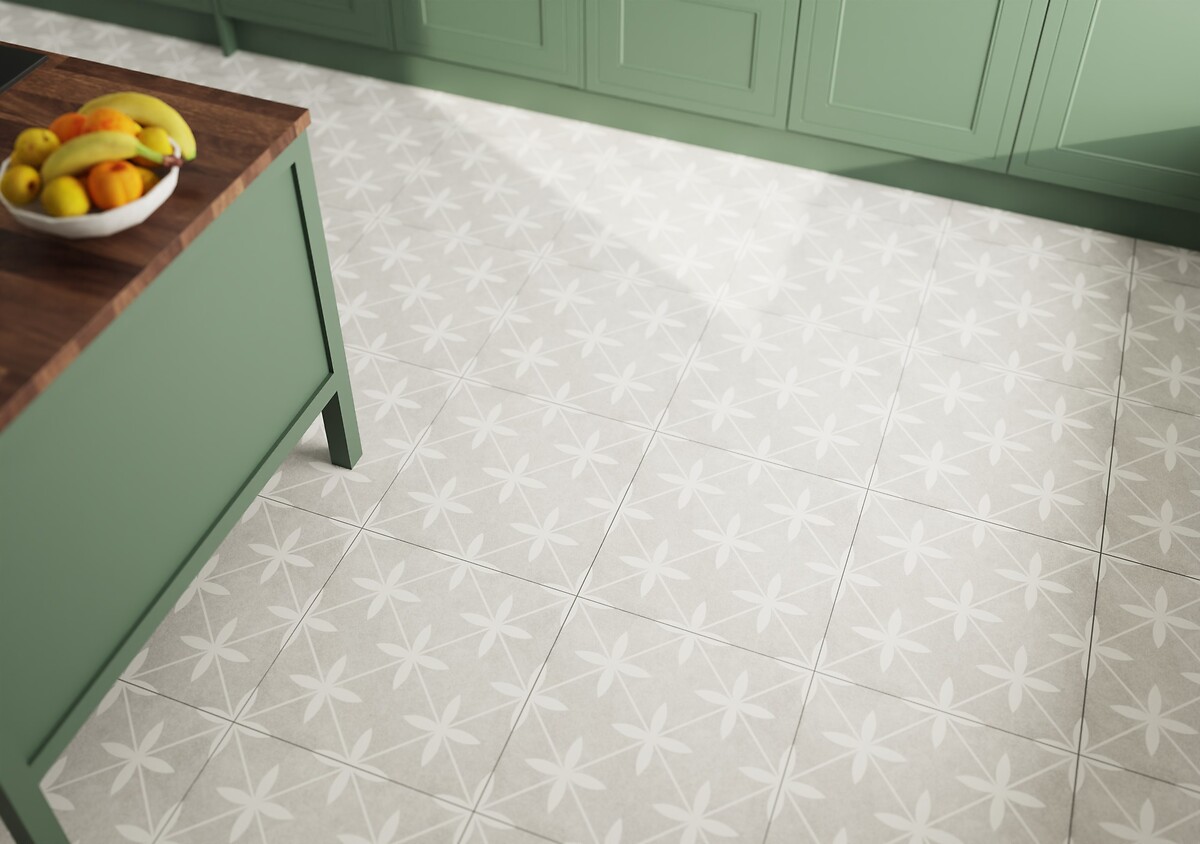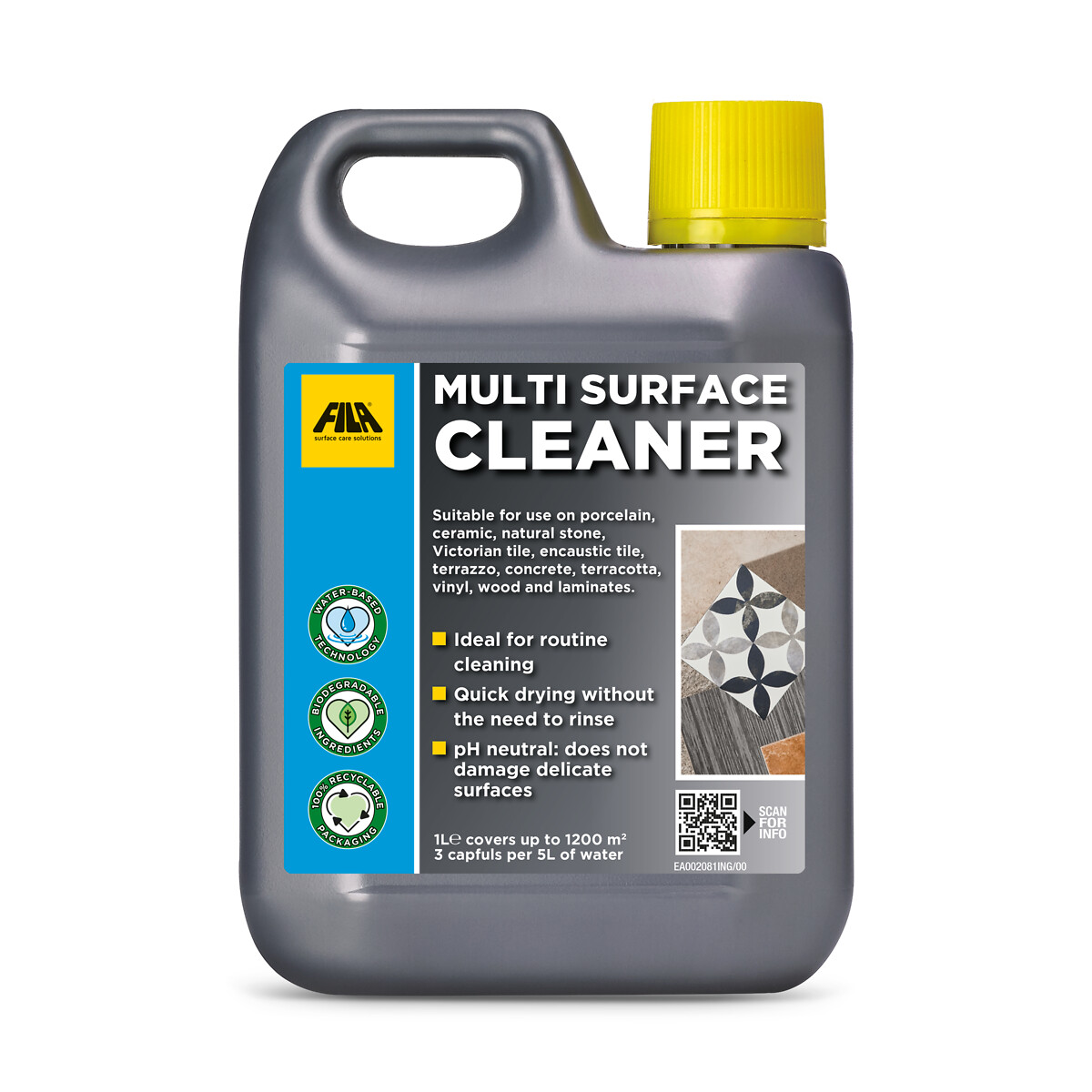Posted on Date 20th Dec 2023
What are slip resistant tiles?
Slip Resistant Tiles
While all tiles have some slip resistant properties, this can vary greatly depending on the type of tile you are using in your home.
Whether you need a bathroom tile or kitchen tile or something for your wet room, we have created this handy guide to explain how tiles are assigned a slip resistance rating and which are the suitable areas for particular slip resistant tiles to be used.

Elementi Pearl Cement Effect Tiles 60x60cm
What are slip resistant tiles?
Slips are generally caused when the heel of your foot strikes the floor tile and a fluid film, usually water, prevents contact with the floor tiles.
Consequently, slip resistant tiles were purposefully designed with extra grip in mind. This is achieved by texturing the surface of the tiles, which in turn, reduces the risk of slipping when walking on them. The higher the slip resistance the harder it is to slip.
How do you measure slip resistance?
All of our tiles at Tile Warehouse are tested for slip resistance by our suppliers and then tested again in-house by our technical team to give you peace of mind that the tiles you've chosen are safe for their intended purpose.
We measure slip resistance using a Pendulum Test. This in turn creates a Pendulum Test Value (PTV) rating for each tile, which is recognised not just by the Health & Safety Executive (HSE) but also the UK Slip Resistance Group (UKSRG) and the Tile Association.
How does a Pendulum Test work?
A pendulum testing machine is used to measure the friction caused by a simulated sole material passing across the surface of the tile when both dry and wet. The higher the Pendulum Test Value the higher the slip resistance.
The pendulum test consists of a swinging arm with a rubber foot, which is then allowed to fall and make contact with the tile being tested. The test replicates a persons heel strike, the point at which most slips occur. There are two different types of rubber used to measure the resistance of barefoot and shodfoot (footwear). Water is used as a contaminant to measure the slip resistance of tiles in both wet and dry conditions and the results are then recorded to create the PVT.
What are the different types of slip resistance?
Low Slip Resistance
- PTV rating of 0-24
- Low resistance shodfoot (in footwear)
- Suitable for use in kitchens, living areas, hallways and bathrooms (with the use of a bathmat)
Moderate Slip Resistance
- PTV rating of 25-35
- Moderate slip resistance in shodfoot (footwear)
- Suitable for use in kitchens, living areas, hallways and bathrooms (with the use of a bathmat) and external floors
High Slip Resistance Shodfoot (footwear)
- PTV rating of 36+
- Slip resistance in shodfoot (footwear)
- Suitable for use in all internal domestic areas and external areas
High Slip Resistance Suitable for Wet Room Barefoot
- PTV rating of 36+
- Slip resistance in Barefoot
- Suitable for use in all internal domestic areas, external areas and Wet Rooms
What can reduce tiles slip resistance?
While ant-slip resistant tiles are hugely beneficial, slipping is still possible, just less likely. So, take precautions and clean your tiles on a regular basis using products such as Fila Multi Surface Cleaner as their slip resistance can reduce if you spill things such as cleaning products, shampoo and soap etc on them.
Need more information?
If you have any questions regarding selecting the right tiles for your home, then feel free to contact our Customer Services team using our web chat facility.
Recommended reads
If you would like to learn more about tiles, then why not check out these related advice articles:






